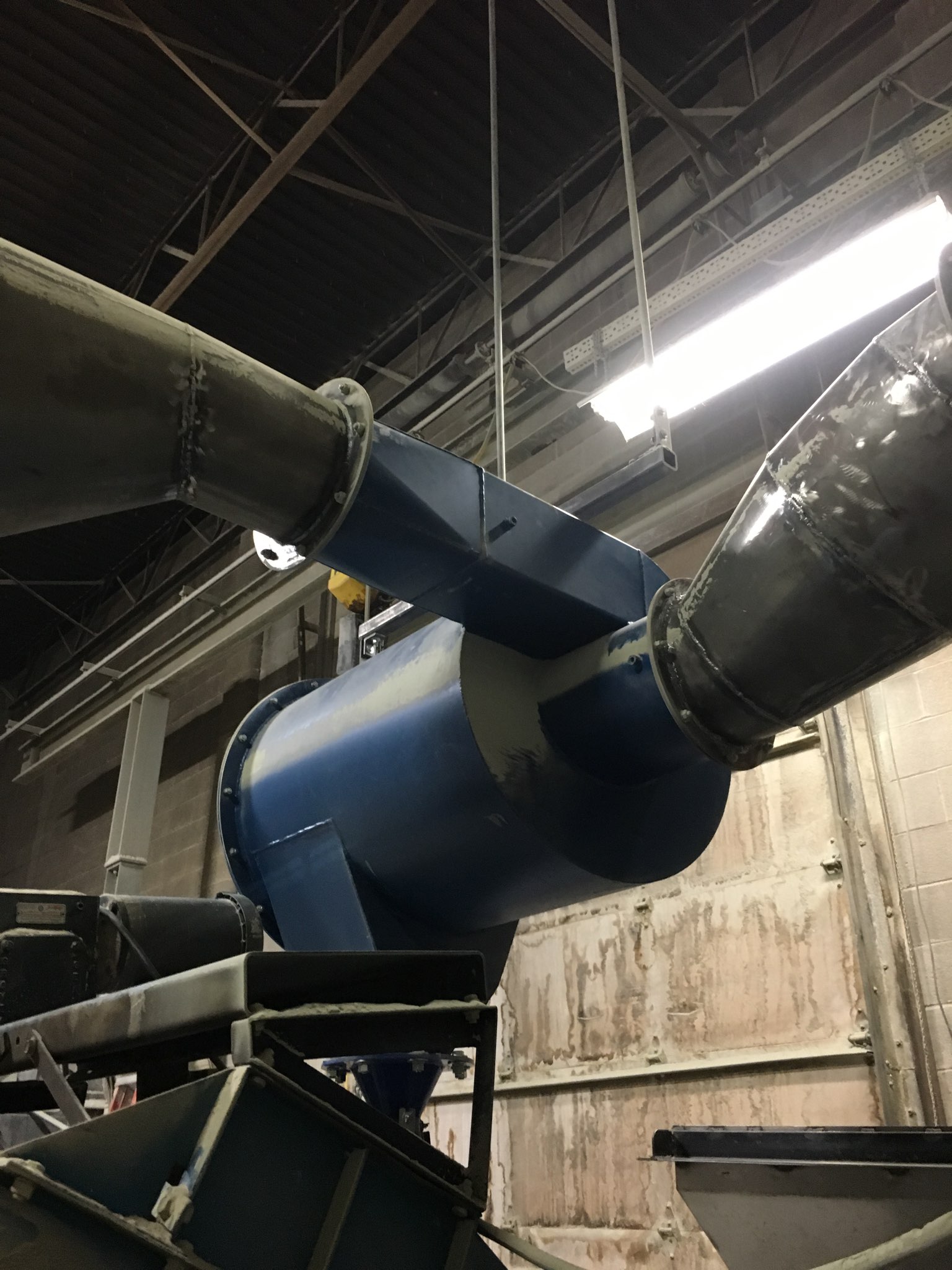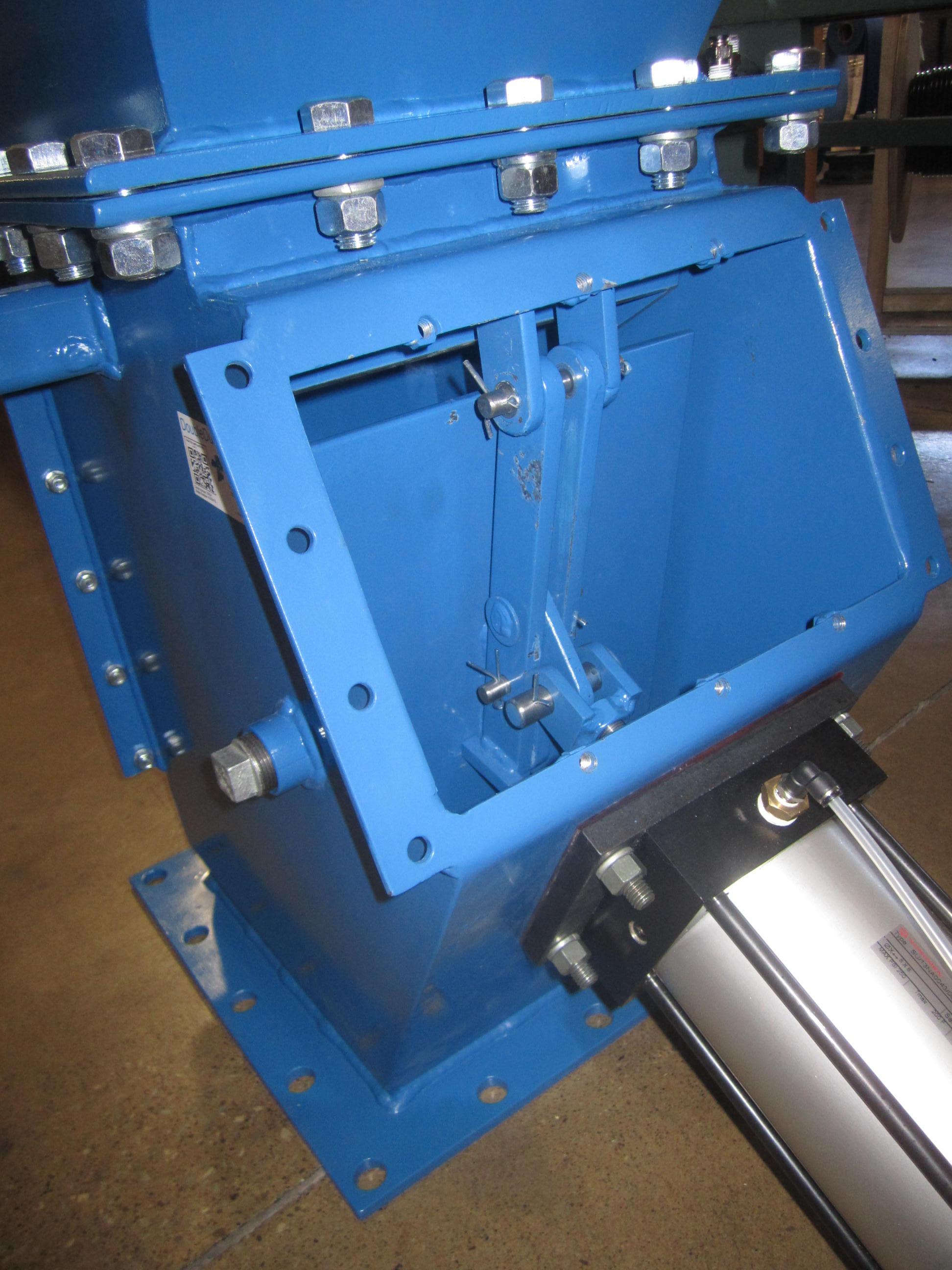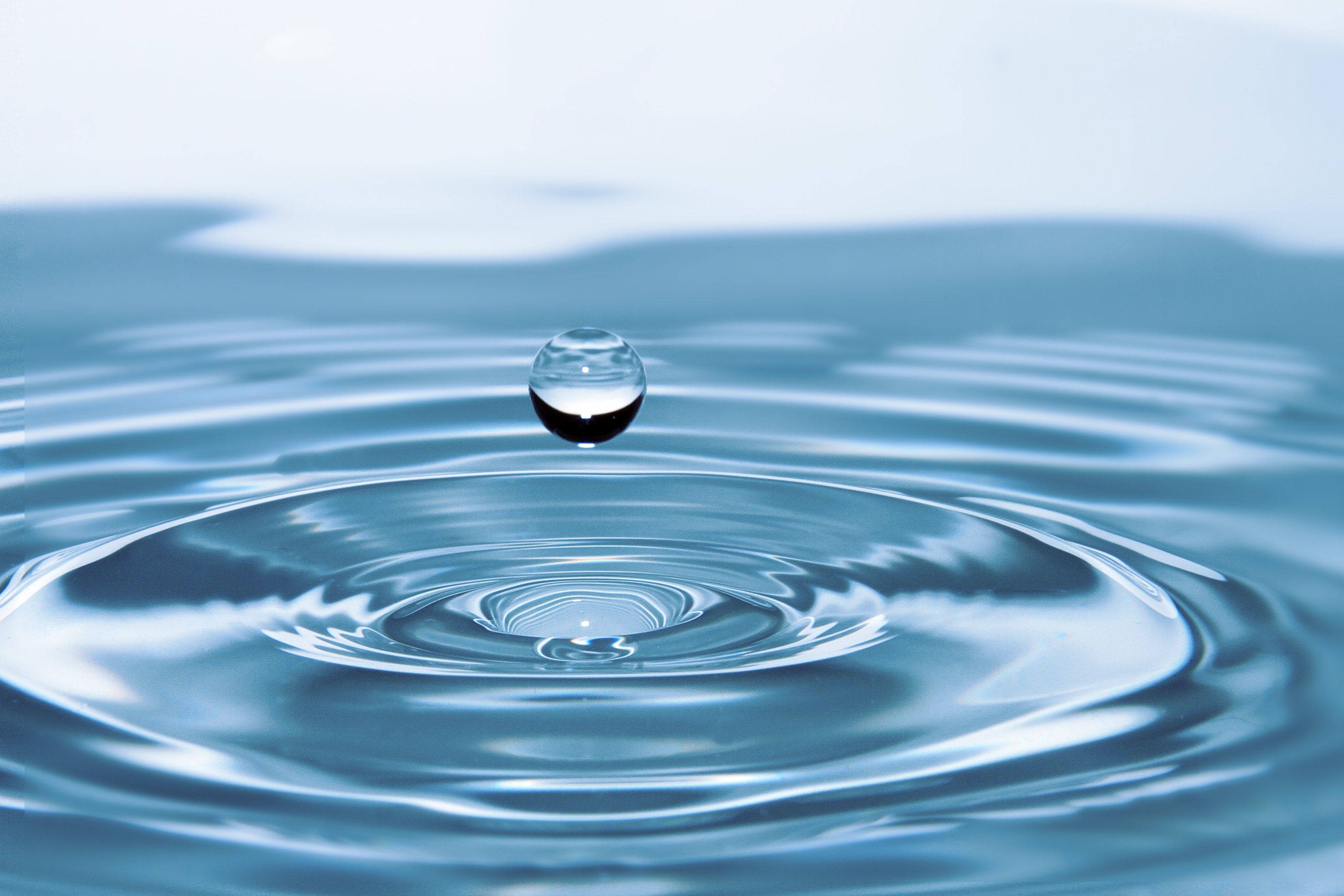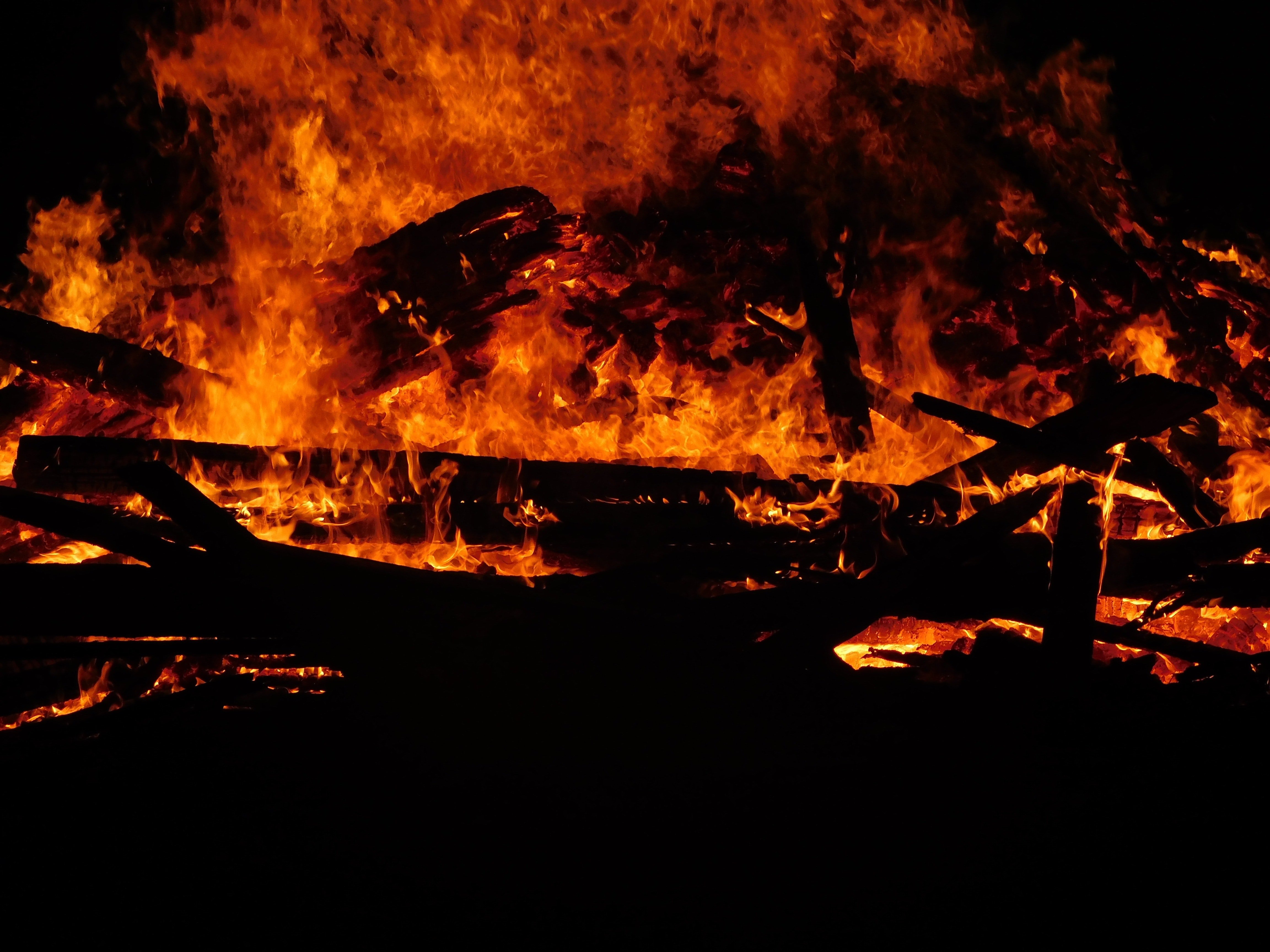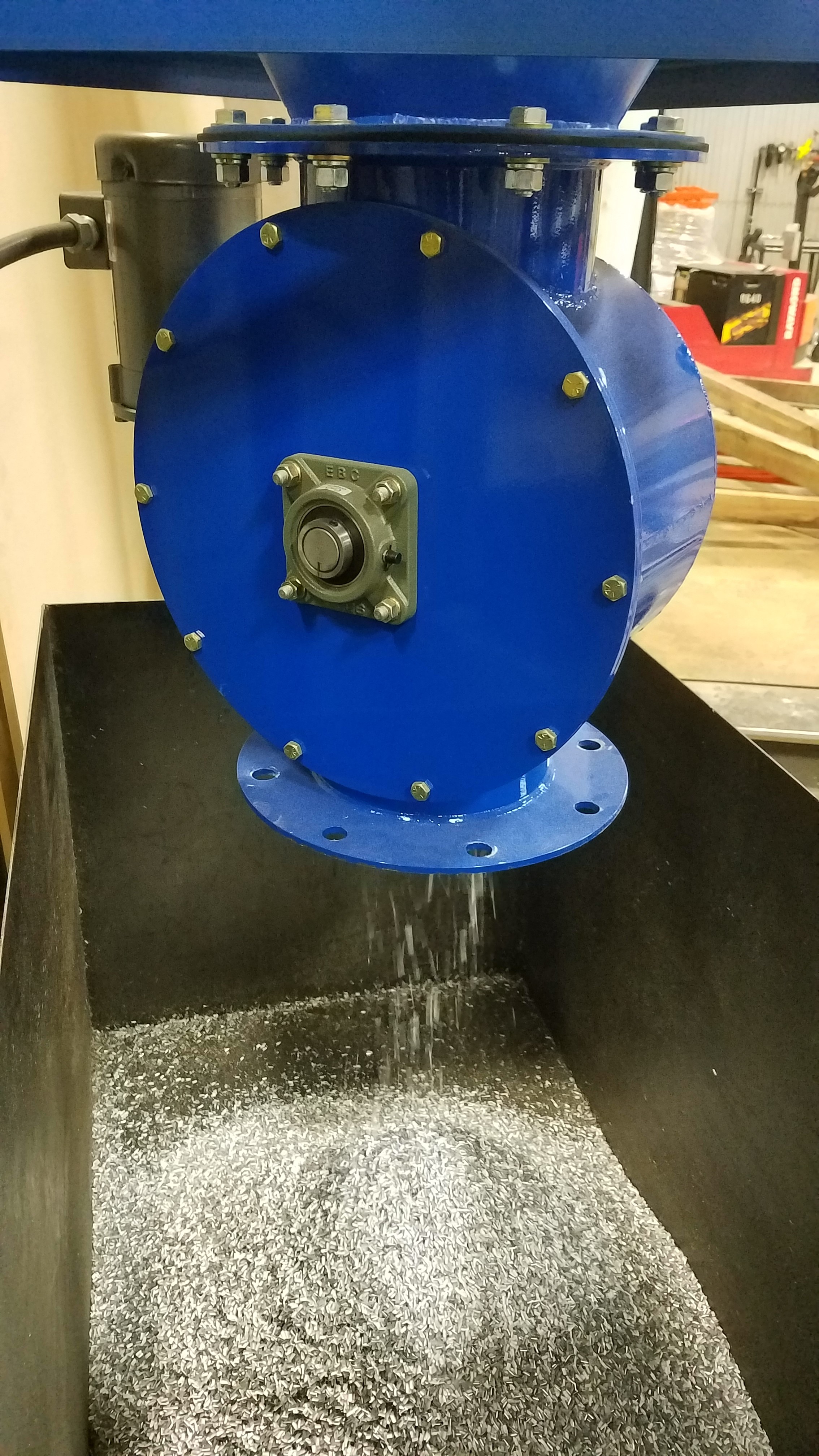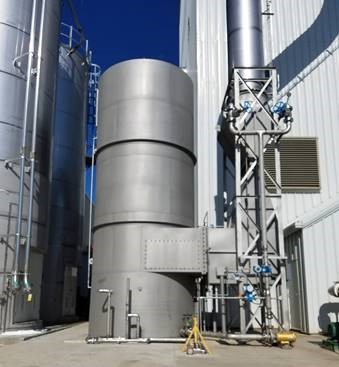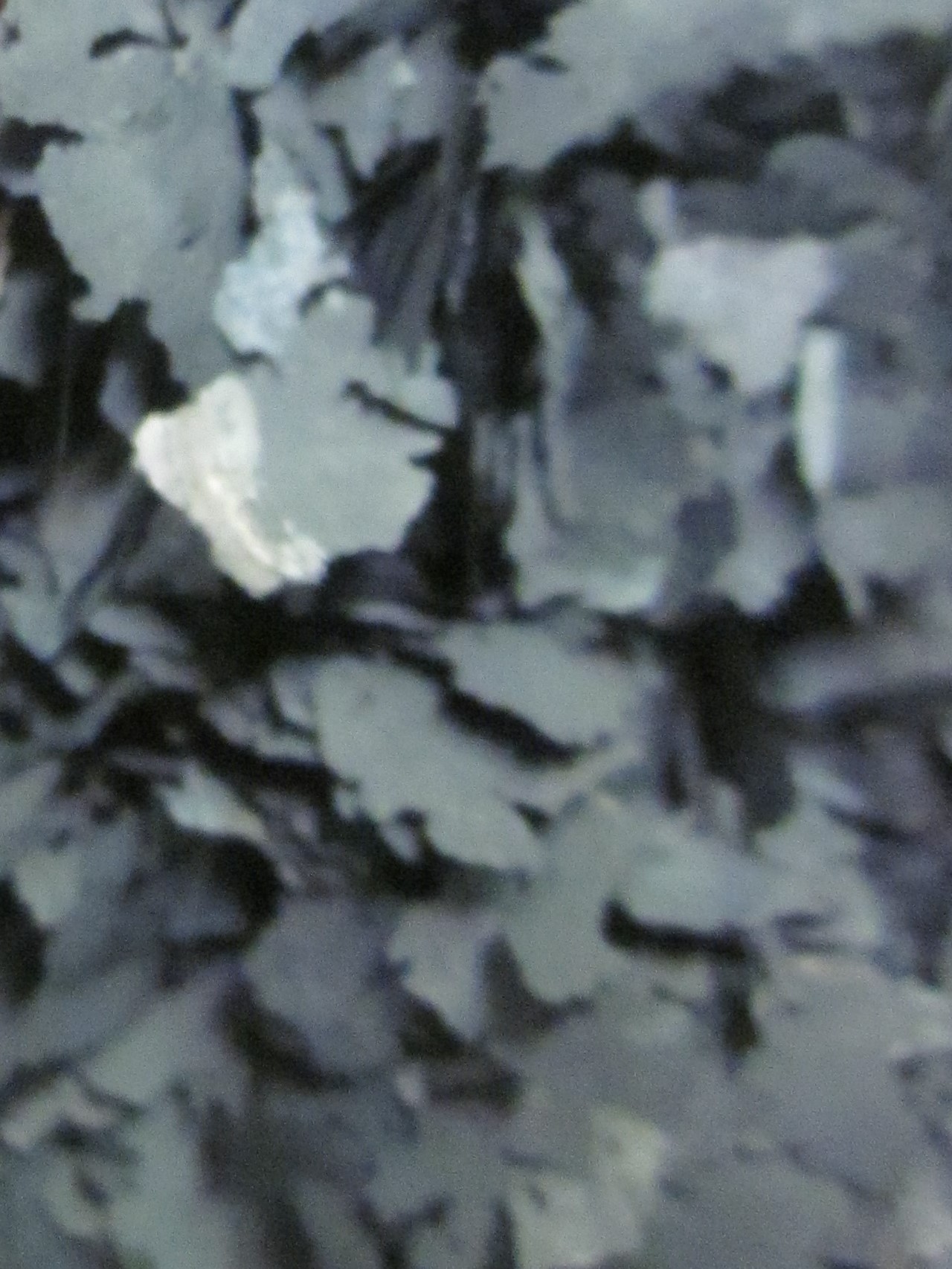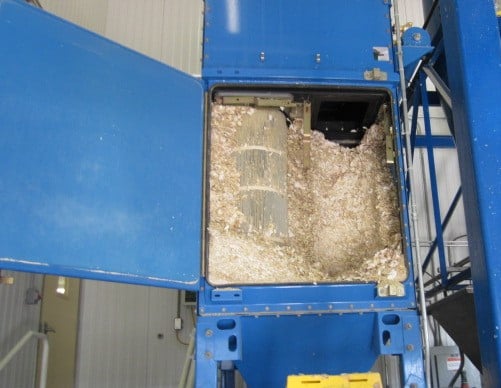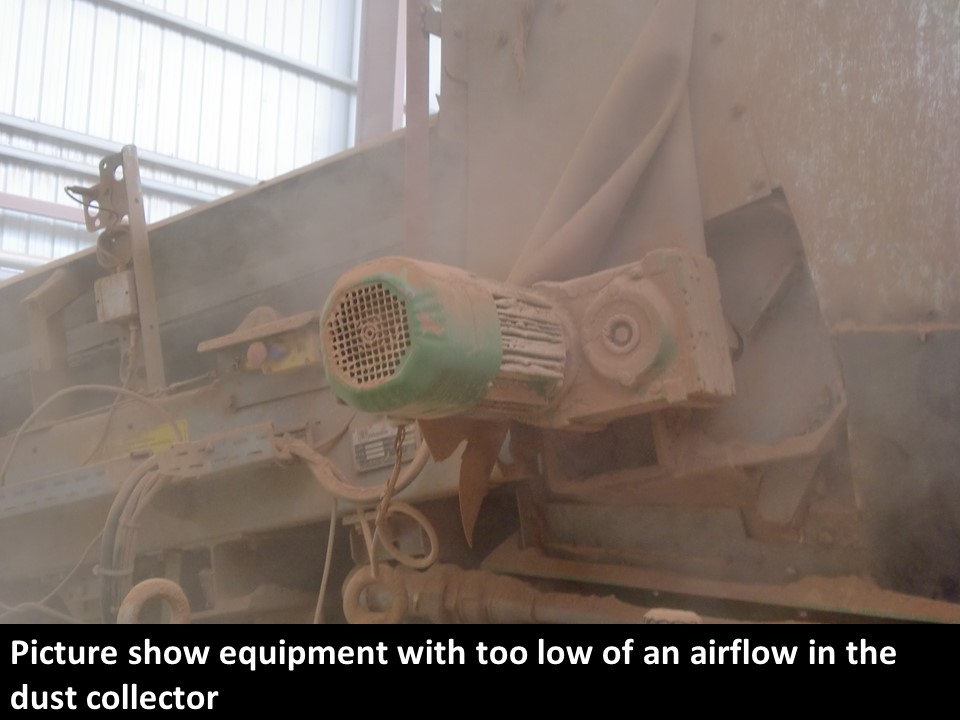Most industrial dust collection systems use a baghouse or a cartridge collector. Whether your baghouse or cartridge collector is 50 CFM or 100,000 CFM, there are advantages to putting a cyclone before the baghouse or cartridge collector. Here are 5 advantages to utilizing a cyclone in a dust collection system.
- Increased Removal Efficiencies
Cyclones will increase your total dust collection efficiency when added before an existing baghouse. Cyclones remove the larger, coarser dust before the particulate reaches the baghouse. This helps to lighten the load on filters, which results in less dust in the airstream and overall higher removal efficiency for the whole system.
- Longer Filter Life
Baghouses and cartridge collectors require compressed air to knock off the dust. The use of the compressed air forces the bag to expand around its cages during high pressure bursts. The constant expansion of the bag causes it to wear out at a faster rate. Putting a cyclone ahead of the baghouse will remove most of the larger dust from the baghouse, thereby minimizing the amount of dust coming into the baghouse or cartridge collector.
- Recovery of Product
If the dust being collected is valuable (such as gold or silver) or needs to be/can be reused, simply using a baghouse or cartridge collector will cause the material to get lost on the filters. A cyclone doesn’t require any filters and all the recovered material will eventually be removed through the dust discharge valve.
- Easy Maintenance
Baghouses and cartridge collectors are extremely high maintenance. They require confined space entry to remove and replace the bags. Furthermore, bag replacement can be a time consuming process. Cyclones, however, require very little maintenance. At most, plant engineers have to observe the pressure drop every so often, and inspect the walls of the cyclone to insure that is has not worn down from the application.
- Allows Baghouses to Operate in Difficult Applications
Bags and cartridges are not well suited for fibrous, sticky, or hydroscopic dust. Cyclones perform in these applications and prevent the material from reaching the filters. Placing a cyclone in front of a baghouse or cartridge will help prevent time and money spent on repairing or replacing the filter, and ultimately will lengthen the life of the filter.
To learn more about which dust collector, please contact our experts at 440-543-7400 or visit our website: www.dustcollectorhq.com.
To improve efficiency and safety, there is no substitute for an on-site inspection by an experienced expert. Click below to start with a free 20-minute phone consultation by clicking the button.

